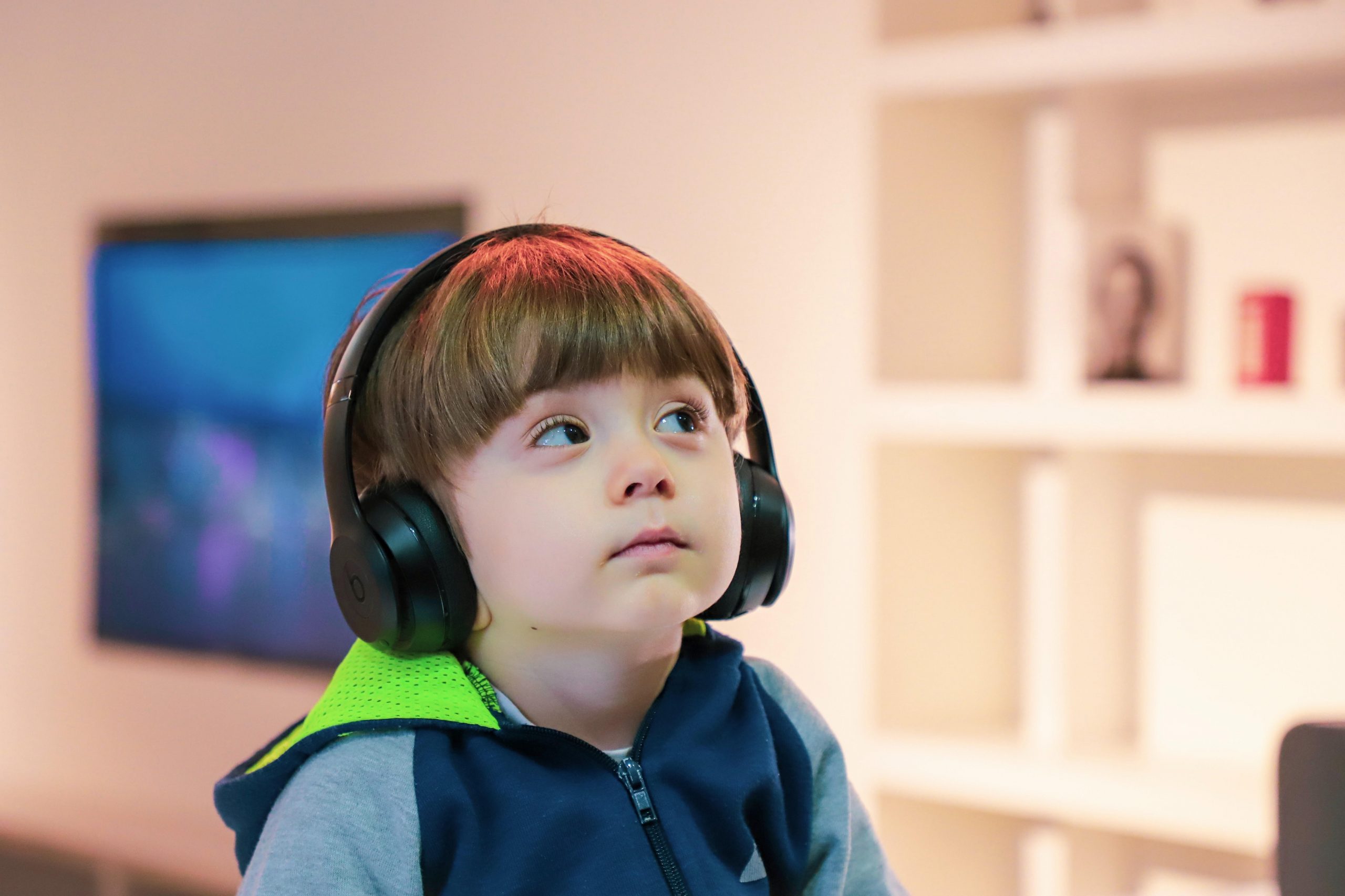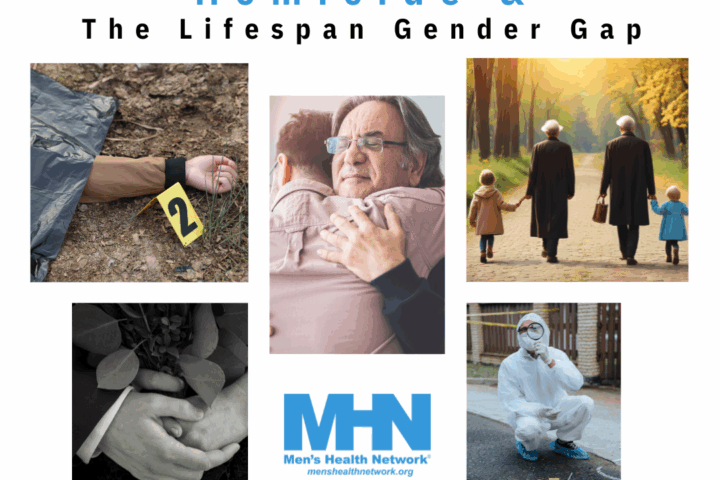Autism affects more than 3.5 million Americans, with boys four times more likely than girls to be afflicted, the Centers for Disease Control and Prevention (CDC) says. Autism increased in children in the United States by 119 percent from 2000, when the rate was one child in 150, to 2010, when the rate was one in 68. It’s the fastest growing developmental disability, according to the CDC.
Some of that increase may be due to changes in diagnosis protocols and some may be due to increased awareness, the CDC says.
In the most recent edition of the Diagnostic and Statistical Manual of Mental Disorders (DSM-5), autism is considered a true spectrum, and is named Autism Spectrum Disorder (ASD), without the subtypes defined in the previous version of the DSM.
ASD includes conditions that were previously considered separate — autism, Asperger’s syndrome, childhood disintegrative disorder and an unspecified form of pervasive developmental disorder. Some people still use the term “Asperger’s syndrome,” which is generally thought to be at the mild end of autism spectrum disorder.
Autism services cost taxpayers $236 to $262 billion a year, with a majority of that ($175 to $196 billion) going to services for adults. Put another way, the cost of autism over a patient’s lifetime is about $2.4 million.
Parents may be the first to notice symptoms of ASD in their infants. They may notice reduced eye contact, lack of response to their child’s name or indifference to the child’s caretakers.
Other children may develop normally for the first few months or years of life, then become suddenly withdrawn or aggressive, or lose language skills they had already acquired. The child may resist cuddling, preferring to play alone. He may speak with an abnormal rhythm, use a singsong or robot tone, or not speak at all.
Parents may notice that the child doesn’t appear to understand simple questions and directions and appears unaware of others’ feelings. Doctors may suggest developmental testing if the child:
- Doesn’t respond with a smile or happy expression by 6 months
- Doesn’t mimic sounds or facial expressions by 9 months
- Doesn’t babble or coo by 12 months
- Doesn’t gesture — such as point or wave — by 14 months
- Doesn’t say single words by 16 months
- Doesn’t play “make-believe” or pretend by 18 months
- Doesn’t say two-word phrases by 24 months
- Loses language skills or social skills at any age
While there is no cure for autism spectrum disorder, intensive, early treatment can make a big difference in the lives of many children. But getting that treatment may be difficult, especially for families in poor, rural areas that lack up-to-date resources.
A University of Florida project set out to help such families in the rural, underserved areas of northern Florida. Led by Jennifer Elder, Ph.D., RN, the project built a team to identify the most prescribed and effective treatment for individuals with ASD in that area.
The project was funded by the Patient-Centered Outcomes Research Institute (PCORI). It aimed to engage families with autistic children to determine the children’s needs, and to come up with easier solutions to take care of all family members. You can watch a short video about the project at https://tinyurl.com/jpbdufzf.
Because autism overwhelmingly affects boys, Men’s Health Network (MHN) follows projects like the one at the University of Florida to improve care and treatment for patients who have been diagnosed with ASD.
An international non-profit headquartered in Washington, D.C., MHN advocates on policy issues affecting men and boys where they live, work, pray and play. For more information about MHN and its work, visit www.menshealthnetwork.org.
Photo by Alireza Attari on Unsplash.




